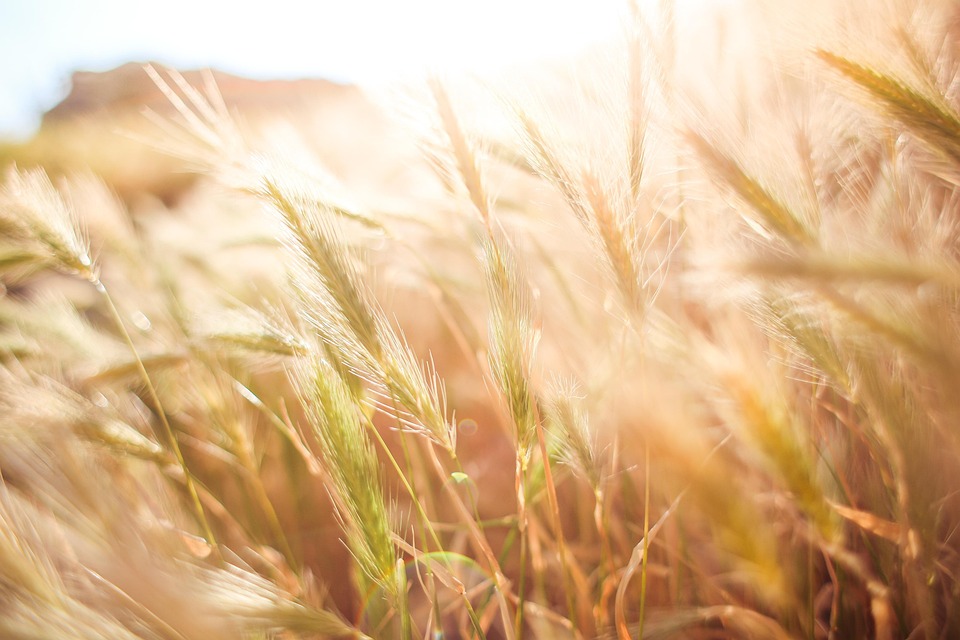# How to Choose the Best Sustainable Plants for Your Garden
Nestled deep in nature, there’s a feeling that sinks into your bones. It’s the warm embrace of sunlight filtering through leaves, the gentle rustle of branches in the wind, and the sweet aroma of fresh earth—a sensory wonderland. Gardening isn’t merely a pastime; it’s a symbiotic dance between nature’s resilience and our creative spirit. When I embraced sustainable gardening, the thrill of cultivating life—of choosing plants that give back to the earth rather than deplete it—became a joyous adventure. Here’s how to choose the best sustainable plants for your garden, so you can experience this vibrant connection to nature!
## Understanding Sustainable Gardening
Sustainable gardening means working with nature rather than against it. It’s about encouraging biodiversity, nurturing the ecosystem, and growing plants that are well-suited to your local climate and soil. Before diving into plant selection, consider what sustainable gardening means to you. Whether you’re looking to grow vegetables for your table or create a pollinator-friendly landscape, understanding the principles of sustainability will guide your choices.
### Benefits of Sustainable Plants
1. **Environmental Contributions**: Sustainable plants can improve soil health, sequester carbon, and support local wildlife.
2. **Resilience**: These plants are often hardy and can withstand local pests and diseases better than non-native varieties.
3. **Low Maintenance**: They typically require fewer resources such as water and fertilizers, making them easier for you to care for.
4. **Biodiversity**: Introducing native or diverse plants helps foster a balanced ecosystem.
## Selecting the Right Sustainable Plants
### 1. **Assess Your Location**
Understanding your microclimate is the first step in choosing sustainable plants. Here are some things to consider:
– **Sunlight**: Observe how much sun different parts of your garden receive. Some plants thrive in full sun, while others prefer partial shade.
– **Soil Type**: Conduct a simple soil test. Different plants have different soil needs, and knowing whether you have sandy, loamy, or clay soil will help you choose correctly.
– **Water Availability**: Understand your water supply and drainage capabilities. Drought-resistant plants are ideal for dry areas.
### 2. **Choose Native Plants**
Native plants are superstars in sustainable gardening. They have adapted to your local climate and soil conditions, making them easier to grow and maintaining your ecosystem’s health. Here are some native species to consider:
– **Perennials**: Plants like echinacea and black-eyed Susans are hardy, attract pollinators, and return year after year.
– **Ground Cover**: Species such as creeping thyme or native sedums can reduce erosion and minimize the need for lawn maintenance.
– **Shrubs**: Consider local varieties like serviceberry or elderberry, which support local wildlife while providing beautiful blooms.
### 3. **Incorporate Edibles**
Why not combine beauty with functionality? Think about incorporating perennial edibles such as:
– **Asparagus**: Once established, this vegetable can provide you with fresh spears for years to come.
– **Rhubarb**: With vibrant stalks and large leaves, it can serve both ornamental and culinary purposes.
– **Fruit Trees**: Explore local varieties that do well in your area, such as apple, pear, or cherry trees. They not only provide delicious fruit but also support pollinators.
### 4. **Plan for Pollinators**
Creating a habitat for bees, butterflies, and other pollinators is vital for a thriving garden ecosystem. Choose plants that bloom in various seasons to ensure a continuous food source. Some excellent options include:
– **Lavender**: Not only fragrant but also an irresistible beacon for bees.
– **Bee Balm**: This bright, attractive flower specifically attracts hummingbirds and butterflies.
– **Milkweed**: Essential for monarch butterflies, milkweed also adds beauty with its vibrant blossoms.
### 5. **Explore Companion Planting**
Companion planting is a sustainable gardening technique that involves pairing plants that benefit each other. For instance:
– **Tomatoes and Basil**: Basil enhances tomato growth while repelling pests.
– **Carrots and Onions**: Onions can deter carrot flies, while the two plants don’t compete for nutrients.
This technique maximizes space in your garden and enhances plant health.
### 6. **Use Cover Crops**
Cover crops like clover or vetch not only prevent soil erosion but can also enrich it. They enhance soil structure and fertility by fixing nitrogen in the soil, promoting a healthier garden. Rotate them in your planting schedule to keep the soil nourished and resilient.
### 7. **Find Resources and Community**
Engaging with local gardening clubs, extension services, or sustainability groups can offer insights into what works best in your region. Knowledge-sharing often leads to discovering local plant varieties that are tried and tested, making your gardening journey even easier and more fruitful.
## Pro Tips for Sustainable Gardening
– **Start Small**: If you’re new to sustainable gardening, begin with a small plot. This allows you to learn and adapt without becoming overwhelmed.
– **Compromise with Nature**: Accept that not every plant will thrive every year. Nature has its rhythm; embrace it!
– **Maintain a Garden Journal**: Document what works and what doesn’t. Over time, this will become a valuable resource.
– **DIY Soil Tests**: Regularly monitor your soil’s health. Simple home tests can help you understand nutrient levels and pH balance.
## Gardening for the Future
The beauty of sustainable gardening lies in its capacity to connect generations. As you cultivate your garden, think about the legacy you’re creating—not just in terms of harvests, but in fostering a deeper relationship with the environment.
Imagine your children or grandchildren planting seeds in the same soil, learning from the insects buzzing nearby, and marveling at the blooms that transform your space into a kaleidoscope of colors. Choosing the best sustainable plants for your garden isn’t just an act of cultivation; it’s a transformative experience that nurtures both the planet and your spirit.
## Conclusion
Creating a sustainable garden is not just an effort; it’s a joyous commitment to the earth and a step towards a harmonious lifestyle. With a thoughtful approach to plant selection, you can foster a thriving ecosystem in your own backyard. Remember, every little effort counts! Embrace the joy of nurturing life, selecting plants that resonate with your land, and creating a beautiful tapestry of sustainability. Happy gardening!



